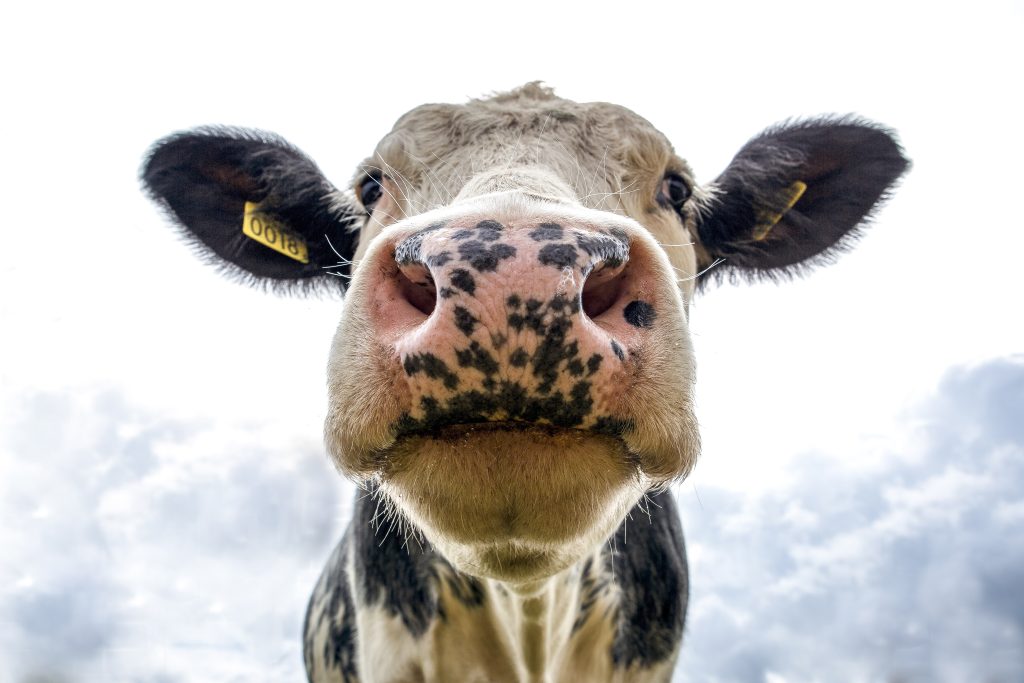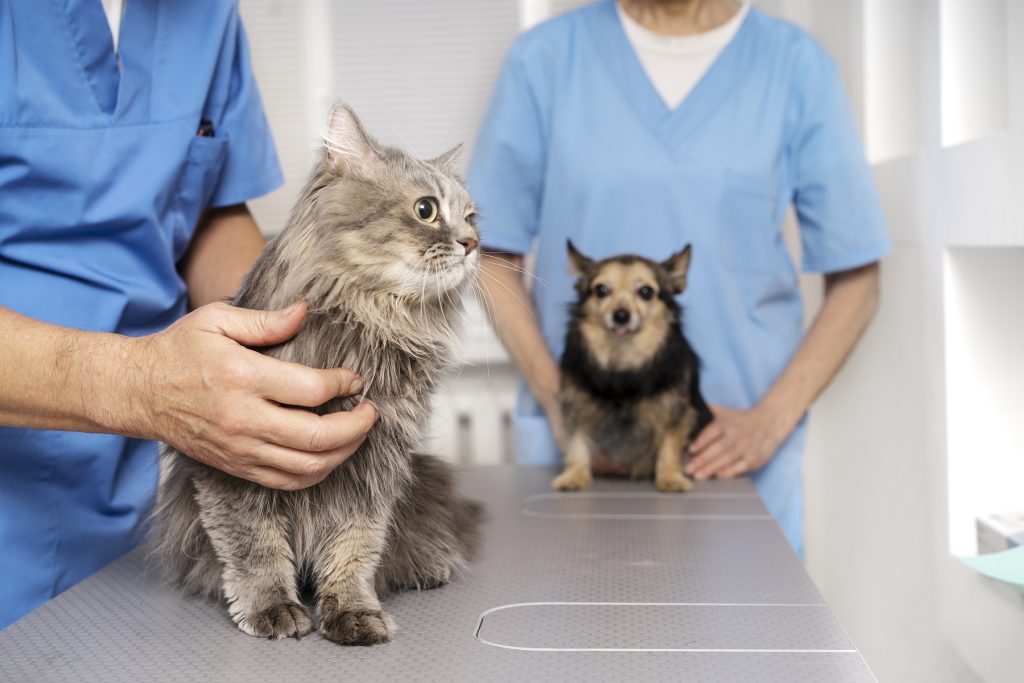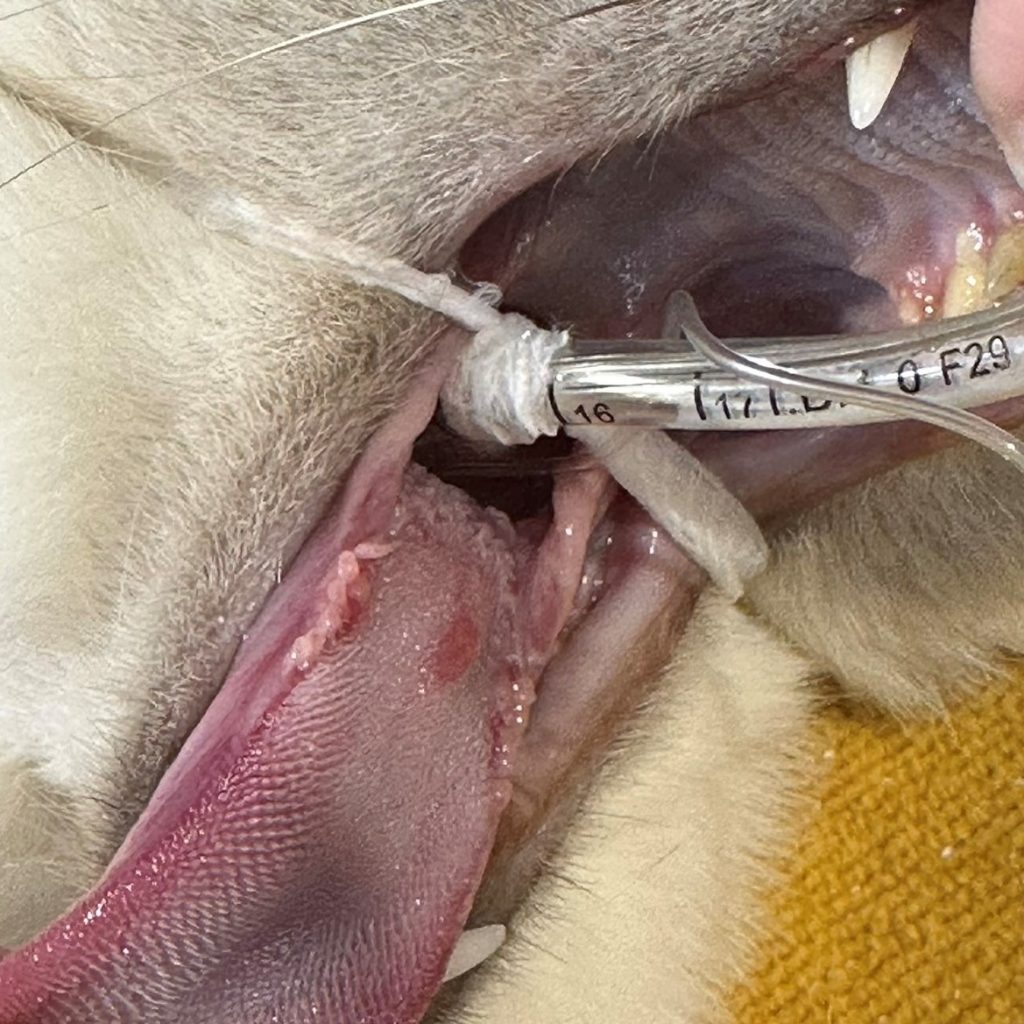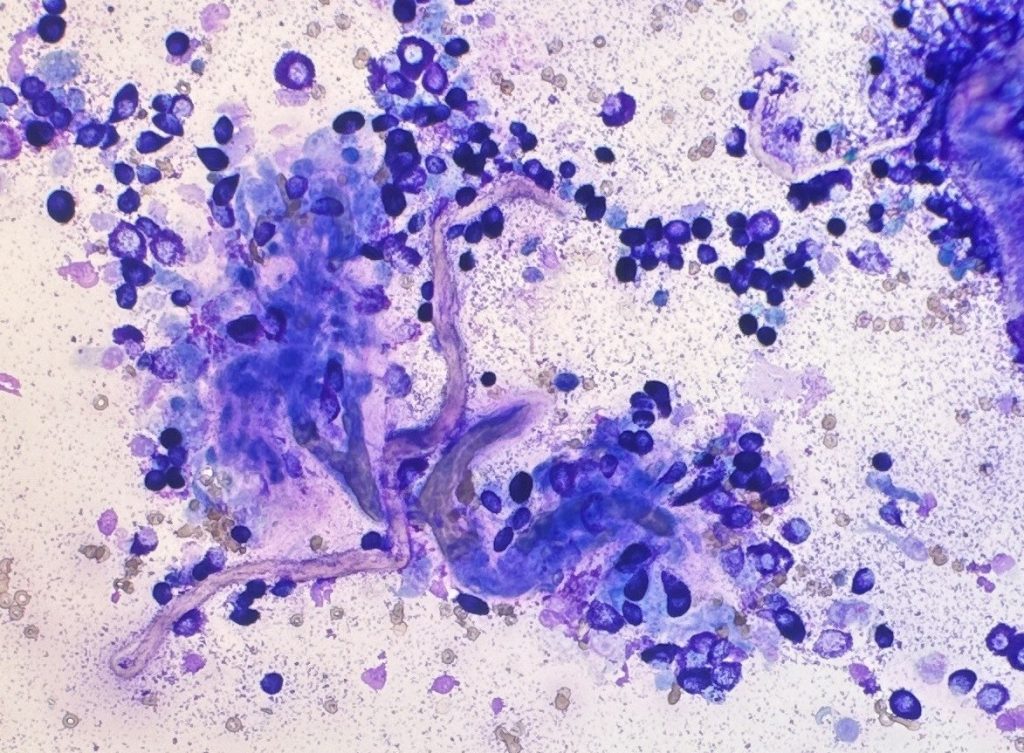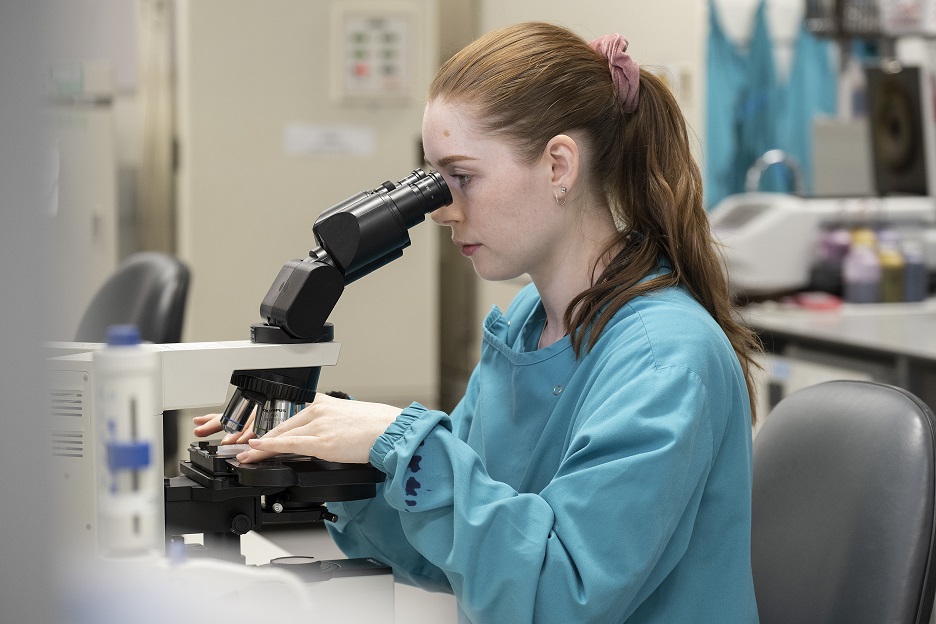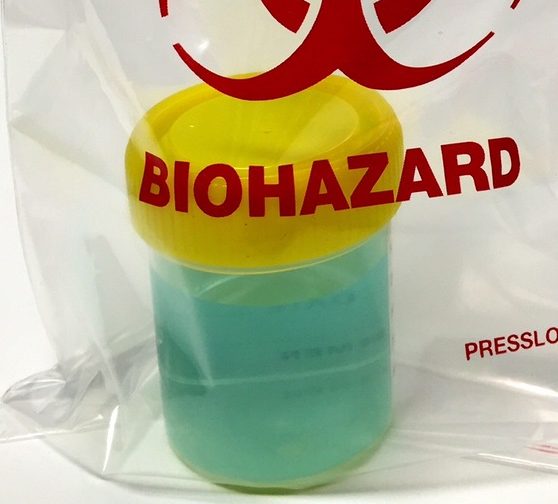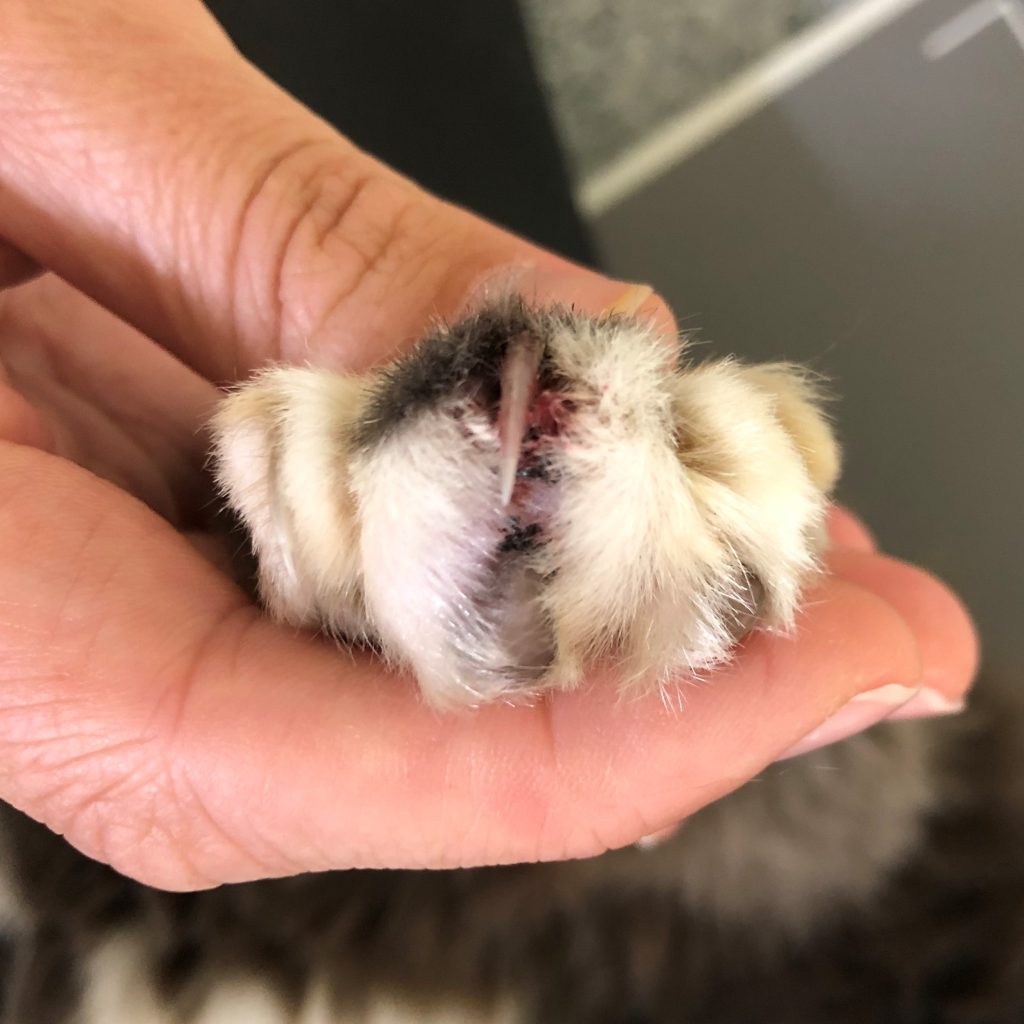Ovine parasitology toolbox
. . . target, review investigate.August is a great time to be getting on top of ovine parasites. Find a link to our fabulous ovine parasitology toolbox booklet here – it covers testing options and detailed recommendations for best practice:– Targeted drenching – is drenching required?– Drench review – is the current drench working?– Investigation […]



